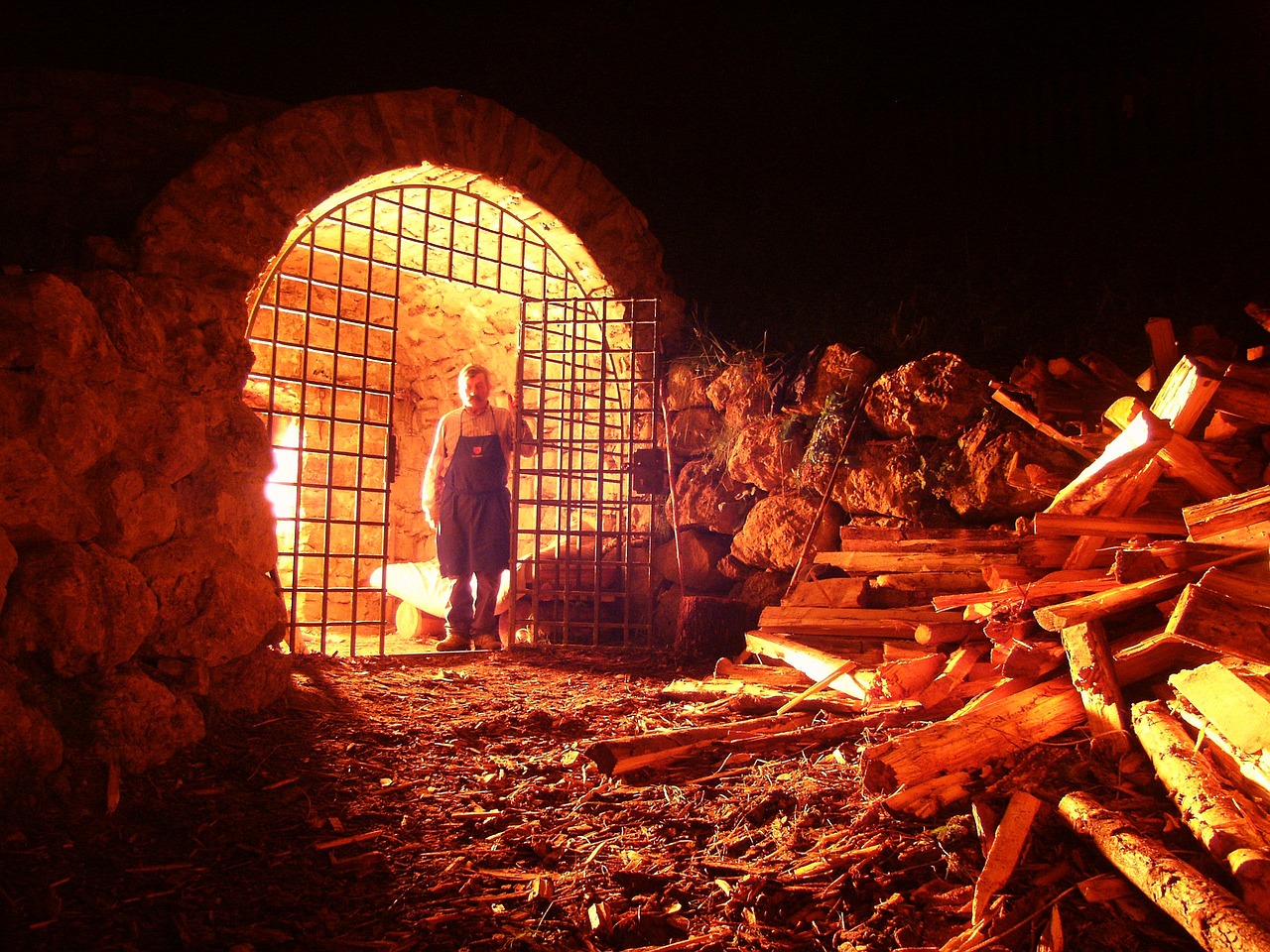In the intricate weave of Norse mythology, one encounters a captivating and enigmatic entity—Hel, the goddess of death. Her dominion, located in the somber shadows of Niflheim, presents a realm instilled with both fear and reverence. This exploration delves into Norse cosmology, unveiling Hel’s role and significance among the deities of this ancient belief system.
Derived from the word meaning “hidden” or “concealed,” Hel is the offspring of Loki, the cunning trickster god, and the giantess Angrboða. A compelling aspect of her character is her duality; she is often depicted as being half alive and half dead, a visual metaphor for the contrasting essence of her realm. Following her exile to the underworld by Odin, the Allfather, Hel became the sovereign of the deceased—those who met their end not on the battlefield but due to illness or old age.
Helheim, under Hel’s reign, is characterized by haunting isolation and eternal twilight. Located beneath Yggdrasil’s roots, the mighty world tree, it remains accessible only to souls that have crossed the boundary of death. The landscape of Helheim is marked by stark contrasts, featuring frigid plains alongside dark, expansive chambers that serve as dwellings for the spirits of the departed.
As the guiding force of Helheim, Hel holds a pivotal position in Norse beliefs. Unlike other gods, who are frequently celebrated for valorous exploits and warfare, Hel embodies the inescapable cycle of life and death. Her neutral stance neither skews towards malevolence nor benevolence; she embraces all who enter her domain, irrespective of their earthly actions.
Hel symbolizes the transient nature of life and the certainty of death—core concepts in Norse mythology that highlight life’s cyclical progression. Through this lens, she stands not only at the conclusion of life but also signifies the commencement of a new journey beyond the corporeal existence.
Beyond the confines of Helheim, Hel’s touch is evident in various funeral customs and ceremonies, eliciting her name in respectful tones as individuals confront their mortality. Her influence underscores the interconnectedness inherent in existence and highlights the necessity of acknowledging the inevitable transitions between life and death.
Placed within a dual light, Hel is an object of both fear and esteem. She captures the enduring intrigue surrounding death and the mysteries of the afterlife. Gazing into the depths of Helheim grants us profound insights into the complexities of life, accentuating the crucial importance of facing the unavoidable journey from life to death. Hel, the goddess of death, invites us to meet our anxieties head-on and confront the unknown, for within her realm, endings pave the way for new beginnings.



